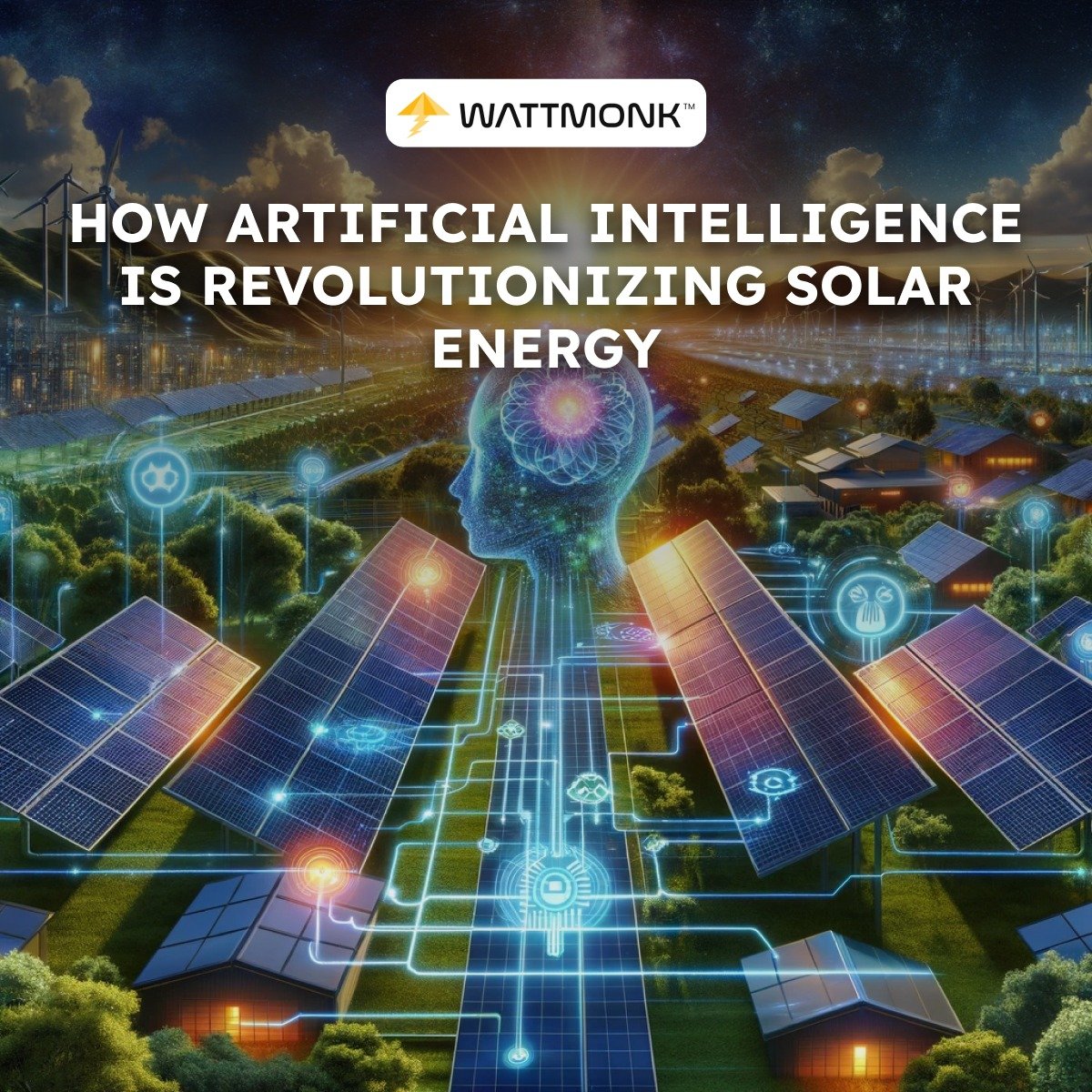The solar energy industry is undergoing a revolutionary transformation, thanks to the integration of artificial intelligence (AI). As the world shifts towards renewable energy sources, solar power has emerged as a leading contender in the fight against climate change. However, the full potential of solar energy can only be realized through innovative technologies that optimize its production, distribution, and consumption. This is where AI comes into play, offering unprecedented opportunities to enhance the efficiency and effectiveness of solar energy systems.
Optimizing Solar Energy Production
One of the most significant contributions of AI to the solar industry is in optimizing energy production. Traditional solar panels operate on fixed parameters, unable to adapt to changing environmental conditions. AI-powered systems, on the other hand, can analyze real-time data from various sources to maximize energy output.
Machine learning algorithms can predict weather patterns with remarkable accuracy, allowing solar farms to adjust their operations accordingly. For instance, if AI forecasts cloudy weather, it can signal the system to angle solar panels optimally to capture diffused sunlight. Similarly, during peak sunlight hours, AI can ensure that panels are positioned to maximize direct exposure.
Moreover, AI can optimize the performance of individual solar cells within a panel. By constantly monitoring and analyzing the output of each cell, AI systems can identify underperforming units and redistribute the load to more efficient cells. This micro-level optimization leads to significant improvements in overall energy production.
Predictive Maintenance: Enhancing Reliability and Longevity
Maintenance is a critical aspect of solar energy systems, and AI is revolutionizing this area through predictive maintenance. Traditional maintenance approaches are often reactive or based on fixed schedules, which can lead to unnecessary downtime or missed issues.
AI-powered predictive maintenance uses machine learning algorithms to analyze data from sensors embedded in solar panels and related equipment. These algorithms can detect subtle changes in performance that may indicate potential failures or degradation. By identifying issues before they escalate, AI enables proactive maintenance, reducing downtime and extending the lifespan of solar infrastructure.
For example, AI can detect early signs of panel degradation, such as micro-cracks or hotspots, which are invisible to the naked eye. It can also predict when inverters or other components are likely to fail, allowing for timely replacements. This predictive approach not only saves costs but also ensures consistent energy production.
Analyzing Energy Consumption Patterns
AI’s role in the solar industry extends beyond production and maintenance to the consumption side. By analyzing energy consumption patterns, AI can help both consumers and utilities optimize the use of solar energy.
For individual consumers, AI-powered smart home systems can learn usage patterns and adjust energy consumption accordingly. These systems can predict when solar energy production will be highest and schedule energy-intensive tasks, such as running washing machines or charging electric vehicles, during these periods. This not only reduces reliance on grid power but also maximizes the use of self-generated solar energy.
On a larger scale, AI helps utilities balance supply and demand more effectively. By analyzing historical data and real-time information, AI can predict peak demand periods and adjust the distribution of solar energy accordingly. This is particularly crucial as more intermittent renewable sources like solar services and wind are integrated into the grid.
AI can also facilitate the implementation of dynamic pricing models. By predicting periods of high solar energy production, utilities can offer lower rates to encourage consumption during these times, thereby reducing waste and strain on the grid.
Enhancing Grid Integration and Energy Storage
As solar energy becomes a larger part of the energy mix, integrating it seamlessly into existing power grids becomes increasingly important. AI plays a crucial role in this integration by managing the variability inherent in solar power generation.
AI algorithms can predict and coordinate solar energy production with other energy sources to ensure a stable power supply. For instance, when solar production is expected to drop due to weather conditions, AI can signal other power sources to ramp up production, ensuring a smooth transition.
In energy storage, AI is optimizing the use of batteries to store excess solar energy. By analyzing production patterns, consumption trends, and grid demands, AI can determine the most efficient times to store energy and when to release it back to the grid. This improves the overall efficiency of solar energy systems and enhances grid stability.
Improving Solar Panel Design and Manufacturing
AI is also making significant contributions to designing and manufacturing solar panels. Machine learning algorithms can analyze vast amounts of data from existing solar installations to identify the most efficient designs and materials.
In manufacturing, AI-powered quality control systems can detect defects with much higher accuracy than traditional methods. This leads to higher-quality solar panels and reduced waste in the production process.
Furthermore, AI is being used to develop new materials for solar panels. By simulating countless combinations of materials and structures, AI can help researchers discover more efficient and cost-effective solar cell designs.
Challenges and Future Prospects
While the integration of AI in solar energy offers immense potential, it also presents challenges. Data privacy and security concerns must be addressed as more sensitive information is collected and analyzed. There’s also a need for standardization in data collection and sharing across the industry to fully leverage AI’s capabilities.
As we continue to harness the power of AI in conjunction with solar technology, we move closer to a future where clean, renewable energy is not just an alternative, but the norm. The synergy between AI and solar energy represents a significant step forward in our journey towards a sustainable and energy-efficient world.
Looking ahead, the future of AI in solar energy is bright. As AI technologies continue to advance, we can expect even more sophisticated applications. For instance, AI could enable fully autonomous solar farms that can self-optimize, self-maintain, and even self-repair.
The integration of AI with other emerging technologies like blockchain could lead to more efficient peer-to-peer energy trading systems, further democratizing energy production and consumption.
Artificial intelligence is undoubtedly revolutionizing the solar energy industry. From optimizing energy production and enabling predictive maintenance to analyzing consumption patterns and enhancing grid integration, AI is making solar energy more efficient, reliable, and accessible.


